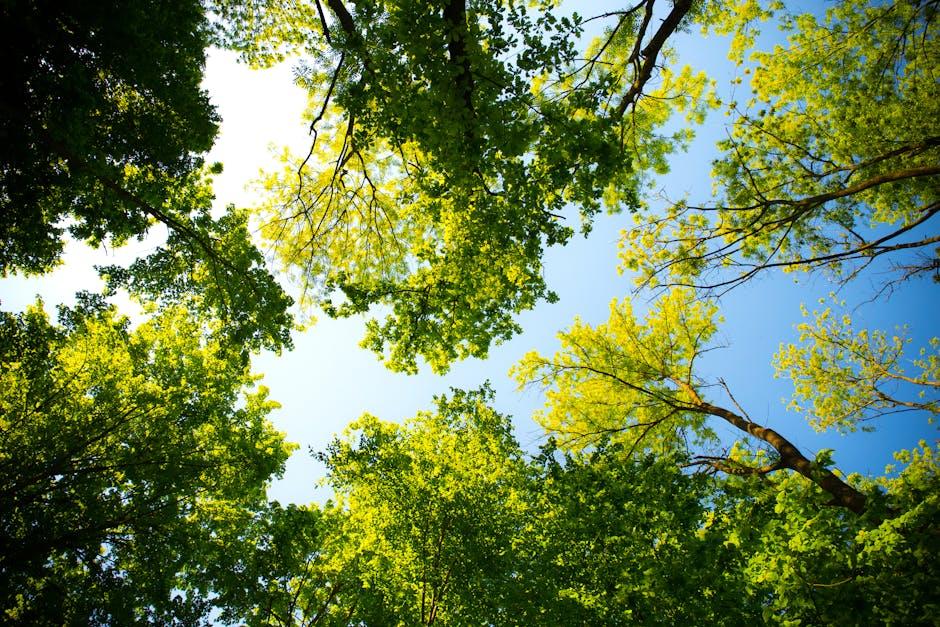Urban biodiversity is a critical aspect of sustainable city planning and environmental conservation efforts. One key component of urban biodiversity that often goes overlooked is the role of trees in contributing to the overall ecosystem health within urban green spaces. Recent research has highlighted the importance of trees in enhancing biodiversity outcomes in urban environments through increasing understorey cover and native plantings [1]. Urban forestry, in particular, has been identified as a crucial feature in maintaining a biodiverse city landscape, promoting interactions among various organisms and creating a more sustainable urban ecosystem [3]. Understanding the significance of trees in urban settings and their contribution to biodiversity is essential for developing effective conservation strategies and climate adaptation measures [2]. This article aims to delve deeper into the role of trees in urban biodiversity and shed light on the various ways in which they shape and enhance the ecological balance within cities.
Trees play a vital role in urban biodiversity, providing a range of benefits to both the environment and the community. One of the key benefits of trees in urban environments is their ability to offer the highest vegetation biomass in cities, which supports a diverse array of organisms [1]. Different tree species also provide varying resources to different organisms, further enhancing urban biodiversity [1].
However, urban trees face numerous challenges, such as pollution, limited space for growth, and competition from invasive species. These challenges can impact the health and diversity of urban tree populations, affecting overall urban biodiversity. Strategies for enhancing urban tree biodiversity include implementing biodiversity-sensitive urban design (BSUD) protocols, which aim to create urban areas that support native species and ecosystems [3].
Community involvement in tree conservation is crucial for the preservation and enhancement of urban biodiversity. By engaging with local residents, organizations, and stakeholders, communities can work together to plant and care for trees, create green spaces, and raise awareness about the importance of urban biodiversity. Looking ahead, the future outlook for urban biodiversity depends on continued efforts to protect and promote tree diversity, as well as sustainable urban planning practices that prioritize biodiversity conservation [2].
Q&A
Q: What is urban biodiversity?
A: Urban biodiversity refers to the variety and variability of living organisms, including plants, found within urban environments[1].
Q: How do urban trees contribute to biodiversity conservation?
A: Urban trees play a foundational role in biodiversity conservation by providing habitat for a diverse range of species, ranging from birds to insects[2].
Q: Are street trees beneficial for biodiversity in cities?
A: Street trees can contribute positively to urban biodiversity if there is a large number of different tree species supporting multiple ecosystem functions within the city[3].
Conclusion
trees play a vital role in enhancing urban biodiversity by providing habitat and food for a variety of species. They also help improve air quality, reduce noise pollution, and mitigate the effects of climate change. As cities continue to grow and expand, it is important to recognize the importance of maintaining and expanding urban tree canopy to support a healthy and diverse ecosystem. By understanding the role of trees in urban environments, we can work towards creating more sustainable and resilient cities for both humans and wildlife. Let’s continue to appreciate and protect our urban trees for the benefit of all.
Simpsons Tree Services, Servicing Melbourne’s North Eastern Suburbs
Book a quote online at www.simpsonstrees.com.au




